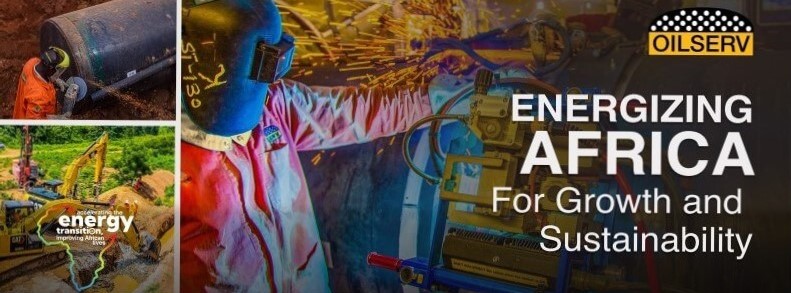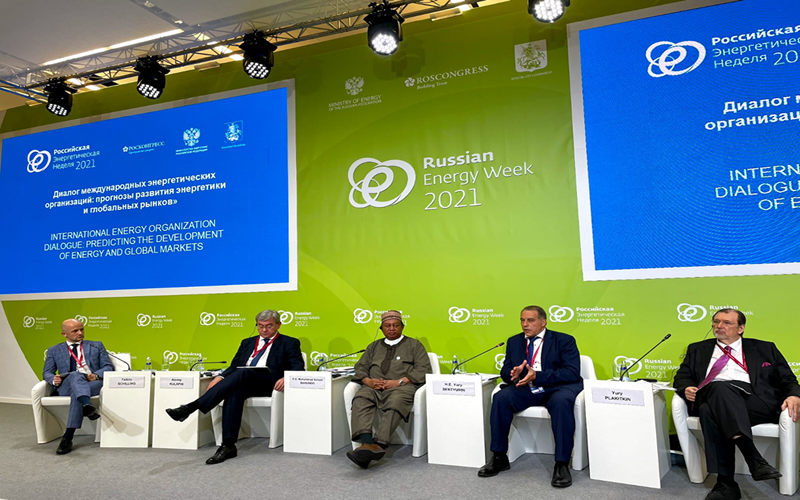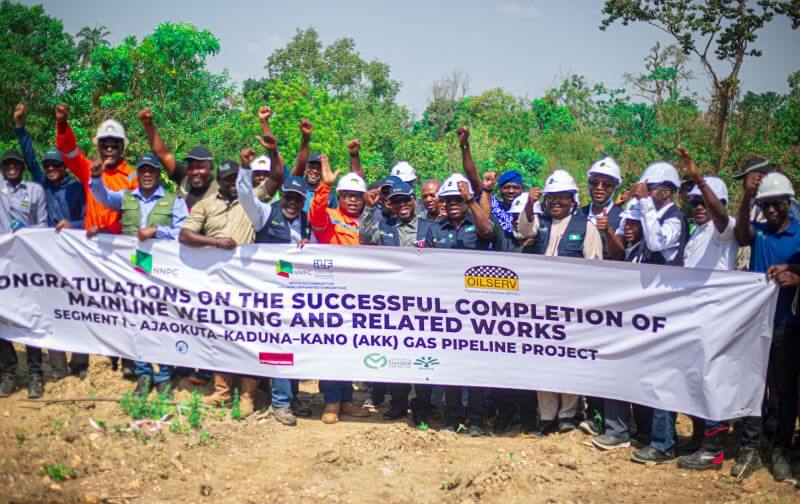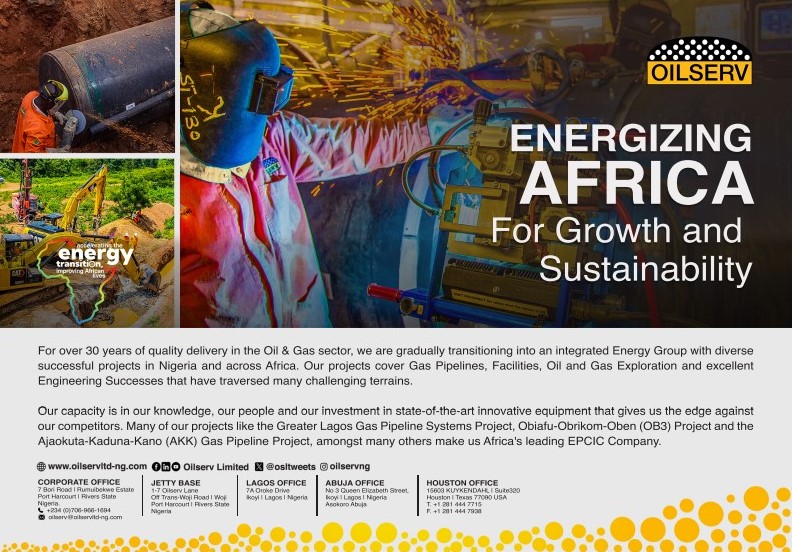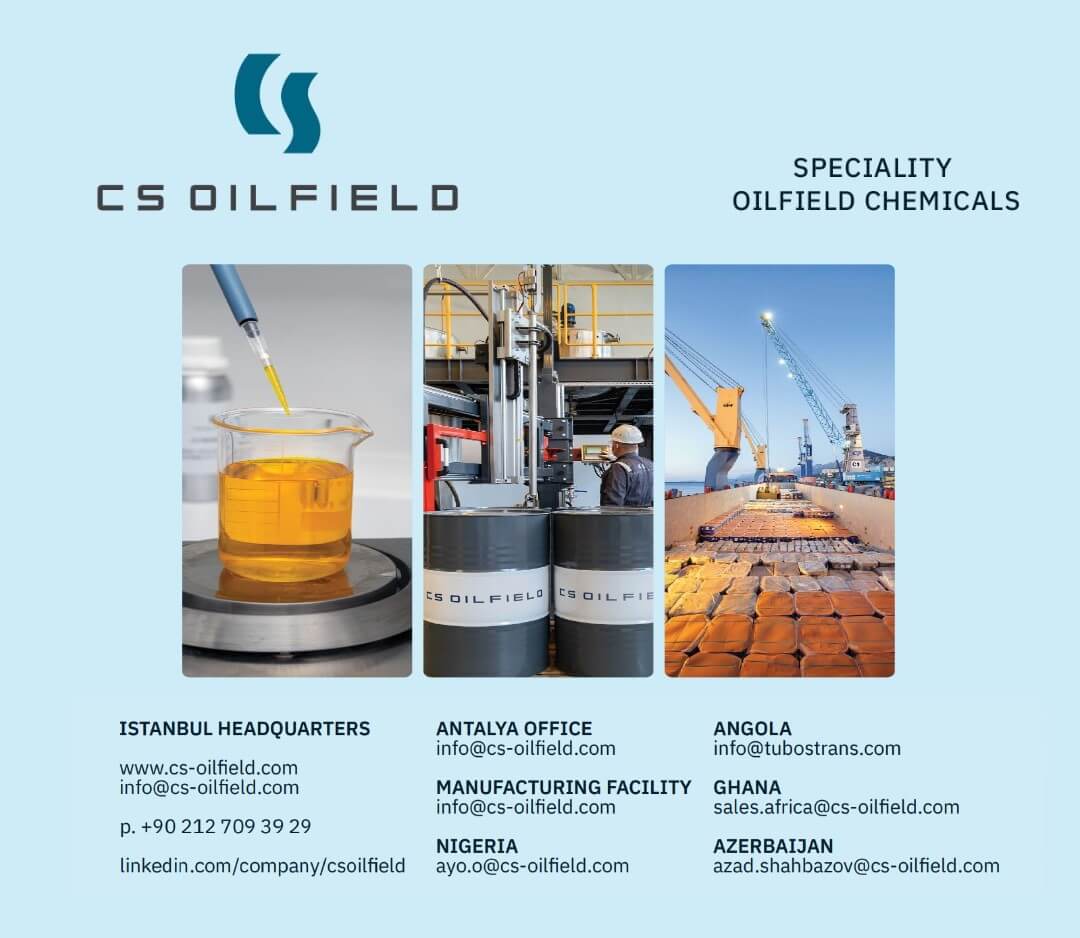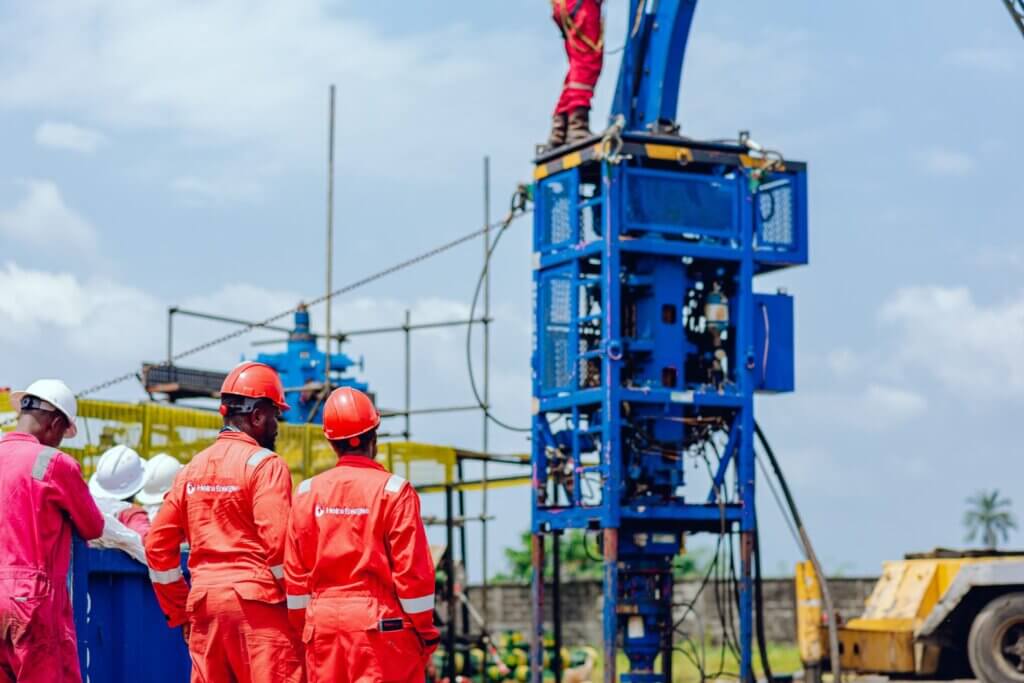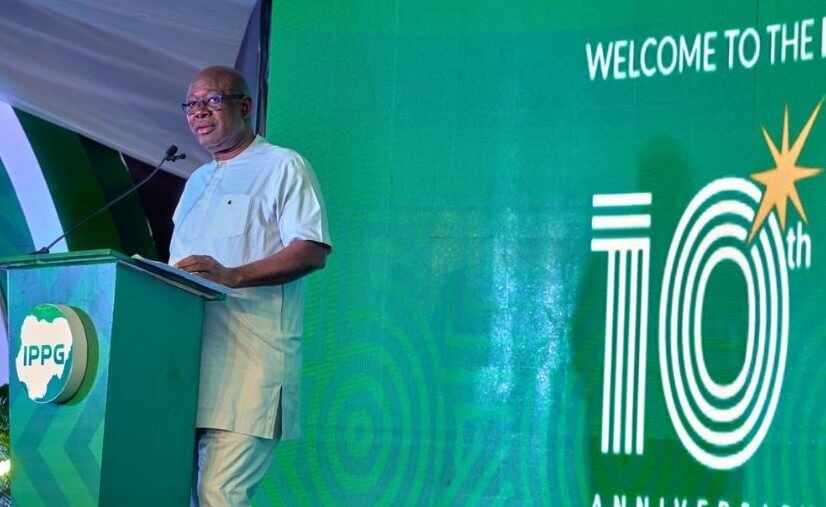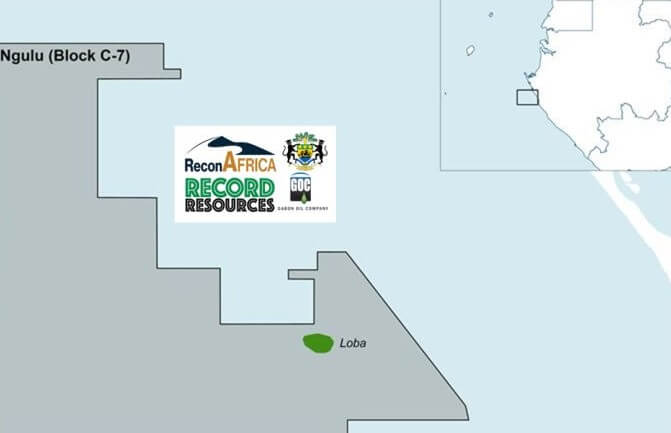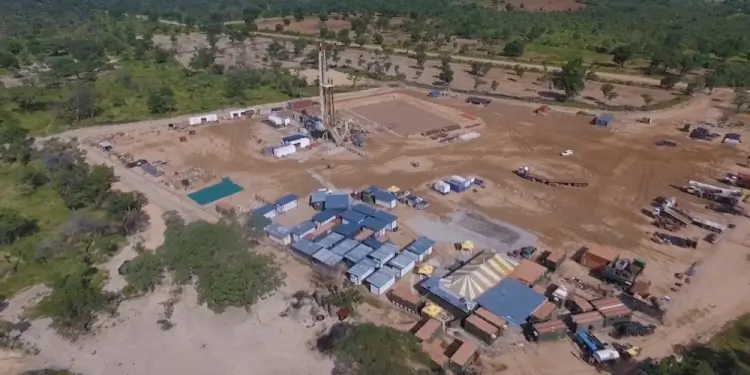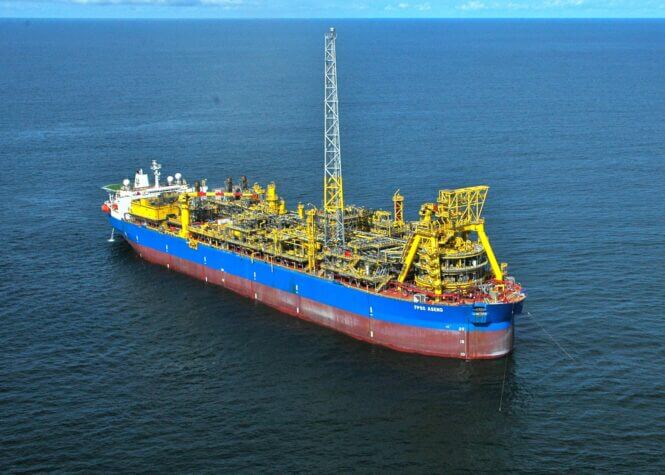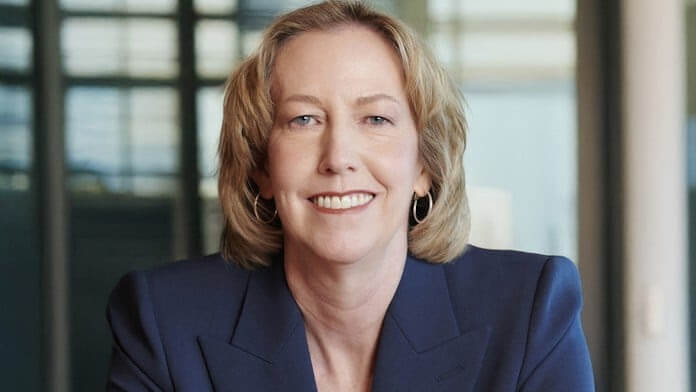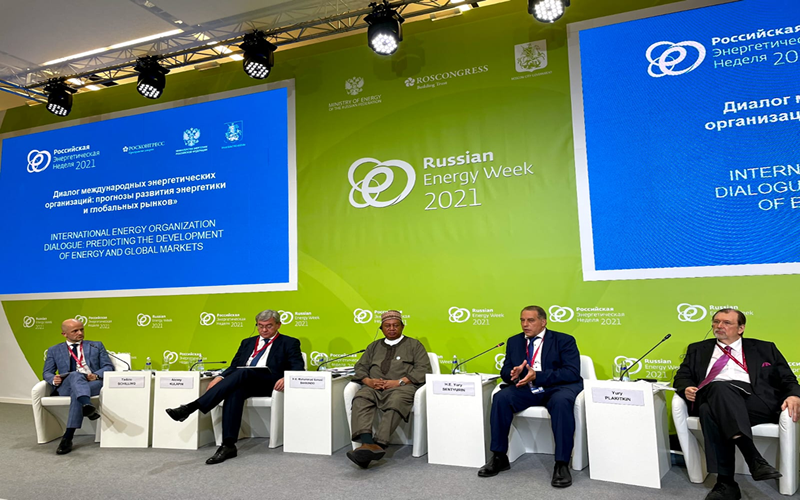
Political support is building for global actions to cut methane pollution this decade, as more than 20 new countries say they will sign the Global Methane Pledge at the UN Climate Change Conference (COP 26) in Glasgow.
The World Energy Outlook 2021 (WEO-2021) is designed as a handbook for the COP26 Climate Change Conference in Glasgow, which offers a critical opportunity to accelerate climate action and the clean energy transition. The new analysis – which the IEA is making available for free online – delivers stark warnings about the direction in which today’s policy settings are taking the world. But it also provides clear-headed analysis of how to move in a well-managed way towards a pathway that would have a good chance of limiting global warming to 1.5 °C and avoiding the worst effects of climate change.
The WEO-2021, the IEA’s annual flagship publication, shows that even as deployments of solar and wind go from strength to strength, the world’s consumption of coal is growing strongly this year, pushing carbon dioxide (CO2) emissions towards their second largest annual increase in history.
At the Gas Exporting Countries Forum (GECF) 2021 – the Russian Energy Week (REW) held in Moscow recently, secretary-general, YurySentyurin said the current energy crunch around the world and the intensifying climate change debate serve to highlight the serious need to embed natural gas as part of a long-term solution to energy market stability and transition.
Joining the panel on ‘International Energy Organisation Dialogue: Predicting the Development of Energy and Global Markets’, Sentyurin stressed that “gas was, is, and will remain the most realistic option to attain the energy transition, spur economic growth and social progress.”
He said, “The long-term solution provided by natural gas is available in the GECF’s flagship publication of Global Gas Outlook (GGO) 2050, which foresees natural gas becoming the primary energy mix of the world by 2050 and increasing its present share from 24% to 27%.”
The GGO, featuring multiple contexts on gas’ growth and role in the energy mix, is now underpinned by very strong analytical effort on new scenarios, such as the Energy Transition Scenario, and Hydrogen Scenario, to name a few. The latest findings will be launched in the 6th edition of the GECF Global Gas Outlook 2050 in February 2022.
“We are championing gas for post-Covid-19 recovery and achieving the UN Sustainable Development Goals. The gas industry is of course also looking at innovation to transform this natural resource into a sustainable fuel, using such methods as green LNG, carbon capture, hydrogen, ammonia, and methane emissions reduction.”
“One of the most sensible, economically-viable ways to achieve sustained energy market stability, inclusive economic growth and Sustainable Development Goals is to consider natural gas as a destination fuel,” Sentyurin told the panel. “Natural gas remains one of the global enablers for reducing emissions quickly, cost-effectively and steadfastly by replacing carbon-intensive fuels as well as backing up intermittent renewables”
Addressing the panel, Mohamed SanusiBarkindo, secretary-general, Opec, elaborated on Opec’s latest World Oil Outlook (WOO), whose 15th edition was unveiled two weeks ago.
“The projections show that nearly all sources of energy will grow over the next quarter of a century…Oil and gas together will provide nearly 53% of the world’s energy needs in 2045 – a little over 28% for oil and 24% for gas,” he said in his remarks.
“As an African, I know very well that we need to harness all the energy resources at our disposal, from the sun over our heads to the abundant fuels that lie beneath our feet, if we are to ease energy poverty and develop our continent’s economies.”













